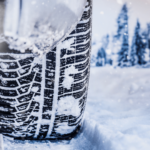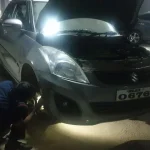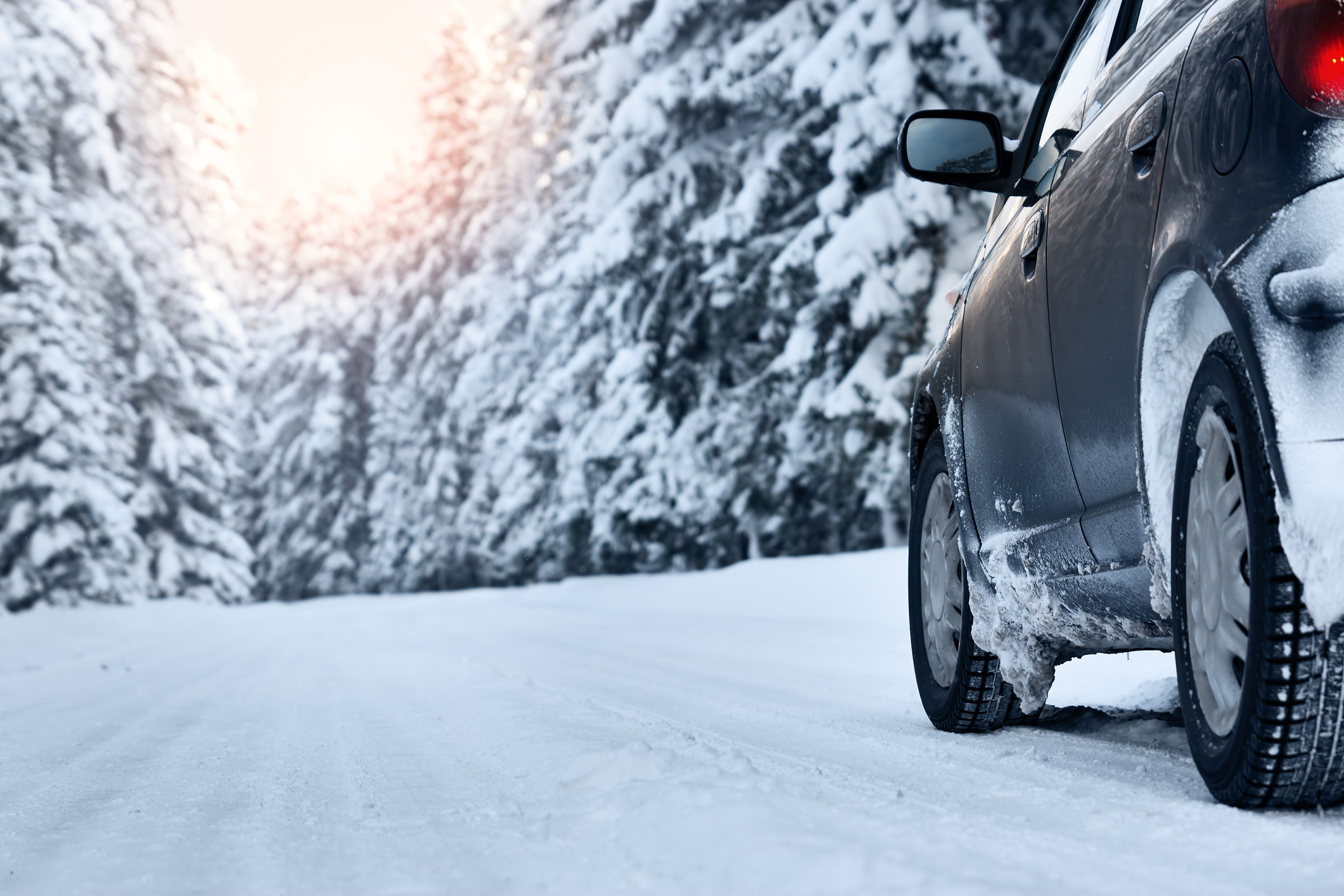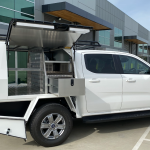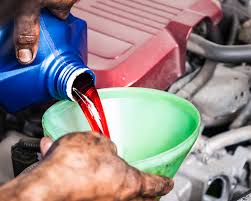Nobody wants to experience a flat or blown out tire on the road. It can be a scary experience no vehicle owner wants to go through. But the good news is you can minimize such occurrences and damage to your tires with some simple maintenance tips.
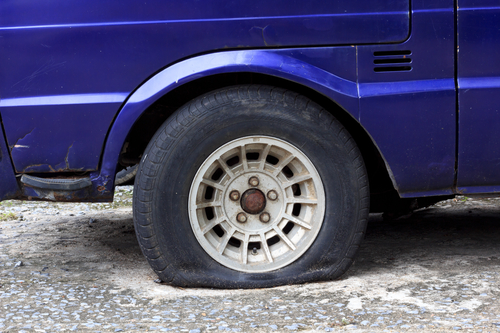
Flats Vs Blowouts, what’s the difference?
The blowout season normally runs from mid May till about early October. This is due to higher temperatures and the fact that most motorists drive for long distances with heavy loads due to the holiday season.
This combination can cause any tire to break, other causes of a bust tire and blowouts include lack of proper air pressure and obstacles on the road that puncture can the tire.
Under inflation is also a significant problem, something which many vehicle owners are not aware of. Without proper air pressure, the internal components of the tire will be under so much pressure beyond that which it can handle. You should try to check your tire pressure every two weeks at least, and inflate/deflate to maintain the right PSI for your vehicle and tires.
You might notice a blow-out or a flat tire by a sudden change in your cars balance, noise, vibration or handling. If it’s a front tire, it can be dangerous particularly especially if you are on high speed. Controlling the car might prove to be challenging.
Safely Pull Over
If you get a flat or blown out tire it is imperative that you pull over to a safe place without bends so that you cannot be hit by moving car.
In this case, you need to pull off the road as gently as you can. Don’t panic and jam over your brakes, just drive at low speed to the side of the road with the flattest and firmest surface as you can.
Set a triangle behind the car if you have one to alert oncoming motorists and other road users of the danger and turn on the hazard lights.
Fixing Your Spare Tire
In this case, you can call for help from you insurance by dialing AAA emergency number or just flag down other motorists and hope that you will get assistance.
Otherwise, get your spare tire, jack and wrench, remove the wheel by loosening the nuts using the wrench with the help of the Jack, raise the car to a reasonable height, then remove the loose tire and replace with the spare.
Then lower the car to the ground and fasten the bolts firmly again while the vehicle is on the ground. Since the damaged tire will not survive another round of service, it’s better to replace it immediately and get a new one.
Ways of Preventing Flat Tires.
A regular tire check-up will help detect foreign objects, dry rot on the sidewalls, bulges or cracks, tread separation or uneven wear. Taking your vehicle to an auto garage for a tire rotation every 5000 miles or so will help to reduce the risk of damage to one of your tires.
Wheel alignment is also another way of preventing tire busts. This helps in preventing premature wear since all weight of the car will be evenly distributed on all the tires.
And also, most importantly checking the tire pressure more often, Under-inflated tires mean more rolling resistance, more heat buildup and more wear, which can ultimately lead to tire failure.

Safety is Mark’s top priority. His blog isn’t just advice; it’s a guardian angel for drivers. Stay informed about the latest safety features, and drive with confidence, knowing Mark has your back.

